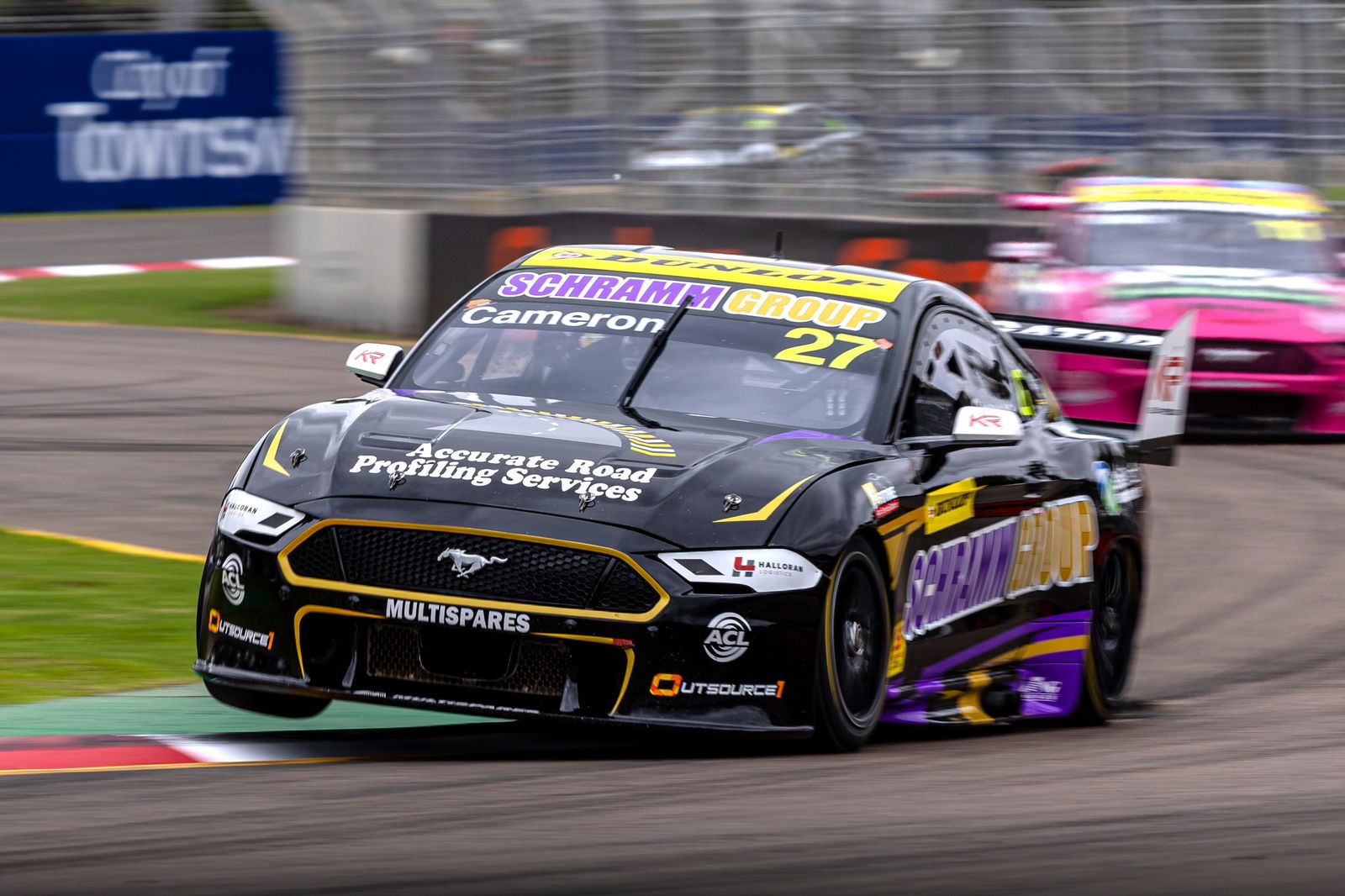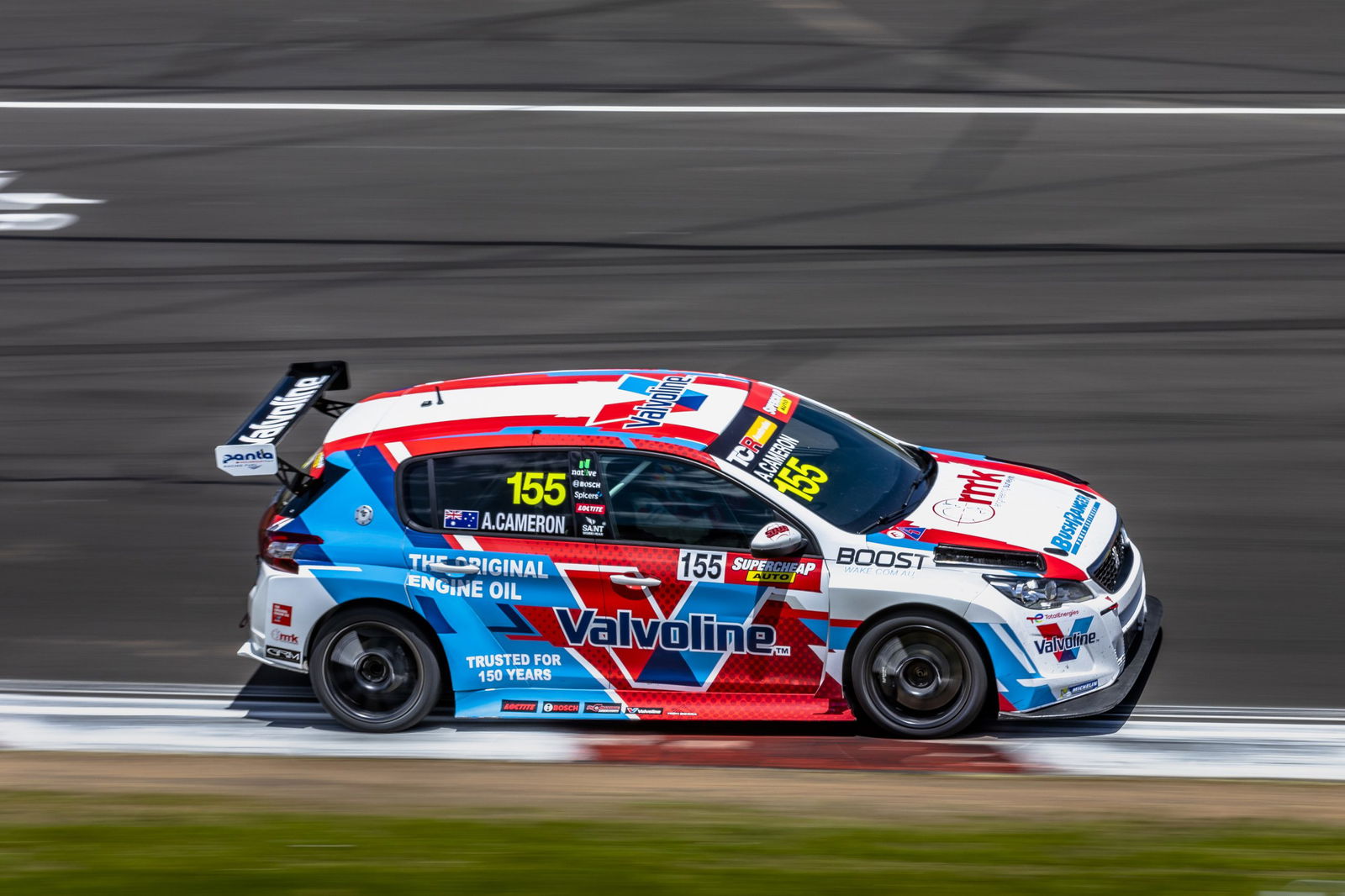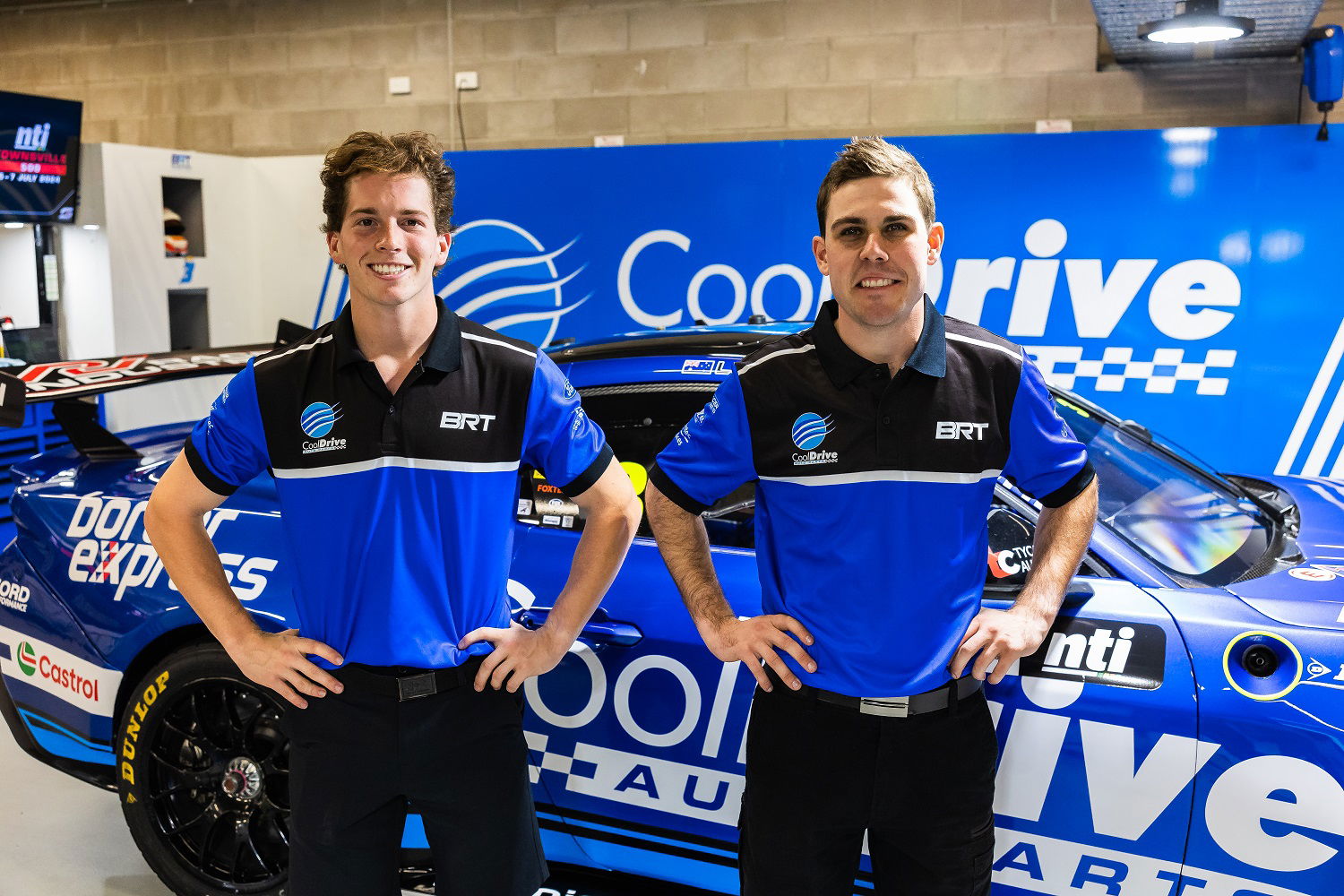

Cameron is something of a racing all-rounder having competed in the front-wheel-drive TCR Australia Series, the rear-wheel-drive V8-powered S5000 single-seaters, and more recently the Super2 Series.
Alongside his Gen2 experience in the Supercars feeder series, Cameron recently got his first taste of Gen3 equipment with the Blanchard Racing Team to add another feather to his cap.
Cameron is the only driver to jump back and forth between the front-wheel-drive and rear-wheel-drive touring cars full-time this year.
So how difficult is it to make that transition?
“It’s pretty tough,” Cameron told Speedcafe.
“TCR is something we had to do just to get going and it was really fun and I adjusted my driving style.
“Everything in a TCR car goes through the front wheels and so you progressively get more understeer and you’re just worried about conserving the front tyres.
“Then you get into a Supercar and you’ve just got to be so patient on the throttle and try not to burn the rears off it, especially in Gen3.
“It’s maybe even harder than Super2 just with the way the throttle works. It’s been a real challenge.”

The two platforms are drastically different.
Cameron’s Peugeot 308 he races in TCR is powered by a turbocharged 2.0-litre four-cylinder engine making just a few hundred horsepower.
His Ford Mustang makes twice as much power with its naturally-aspirated V8 engine.
Procedurally, there’s a lot to think about.
“Even warm-up laps are different. Warm-up laps for a TCR are really critical to get rear tyre temp,” Cameron explained.
“It’s really hard to get rear tyre temp whereas in a Supercar you’re trying to get front tyre temp. To get rear tyre temp you just hit the throttle and it just wheelspins heaps and it’s happy days.
“It’s a real struggle in TCR. Especially the opening laps, you’re more real limited whereas in the Supercar it’s more front limited.
“Obviously TCR we’re left foot braking, you’ve got paddle shift. There’s probably more, not driving aids, but it’s certainly an easier car to drive.
“In the Supercar you go back to right foot braking, heel-toe. You’ve got a sequential shifter. There’s a lot more going on that makes it challenging.
“Especially Super2, you’ve then got the big brake bias and anti-roll bars. There’s a lot more to think about than a TCR car.”

What about how it affects his performance?
Cameron admits switching between the two is not ideal and that focusing on Supercars is likely the way forward with where he’s at in his career.
“My driving style was heavily front-wheel-drive focused and I got really good at it,” said Cameron, who is in his first full season of the Super2 Series.
“My qualifying in TCR up until this year has been my strongest suit. I really know how to switch everything on.
“Then getting into the Supercar at the end of last year and this year, I couldn’t do the same stuff and now I’m trying to transition my whole driving style to Supercars because that’s the focus.
“Then the TCR, I try to adjust back, but there’s certain things I’m trying not to do with the braking because I don’t want to screw up the Supercar.
“It’s hard to go back and forth and be on it. I can go out and be 80 percent good in both, but when you’ve got guys who are Supercar specialists or TCR specialists, they’re on it straight out the gate whereas it takes me half a practice session to get to grips.
“It just takes a bit of time. I’m certainly not getting the most out of either. It’s more the last half of the weekend where your driving style does transition really back to what it should be.”




















Discussion about this post